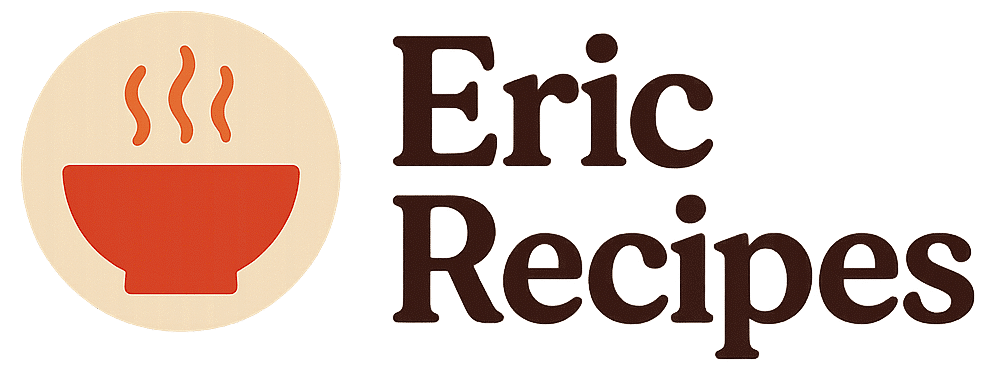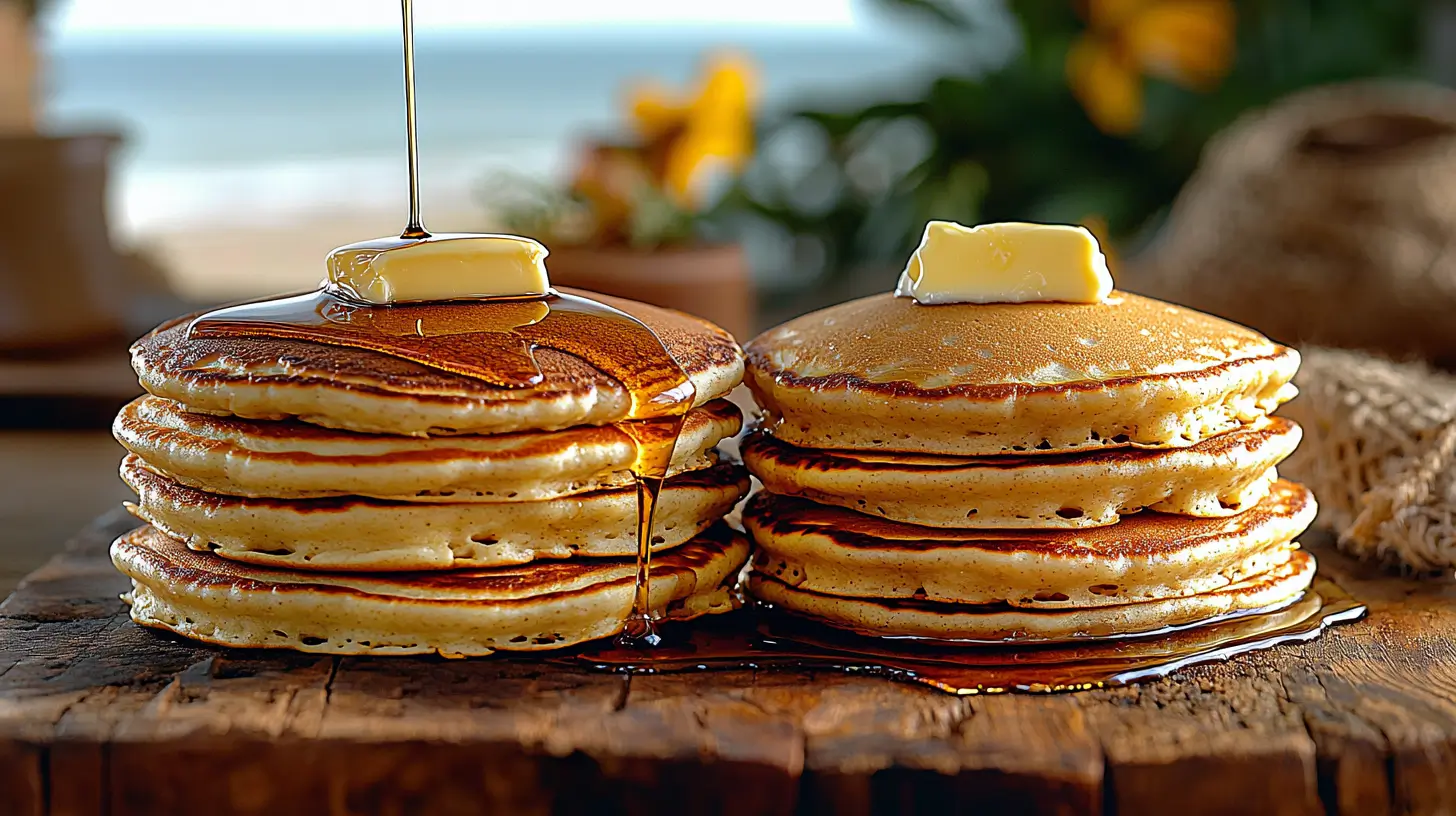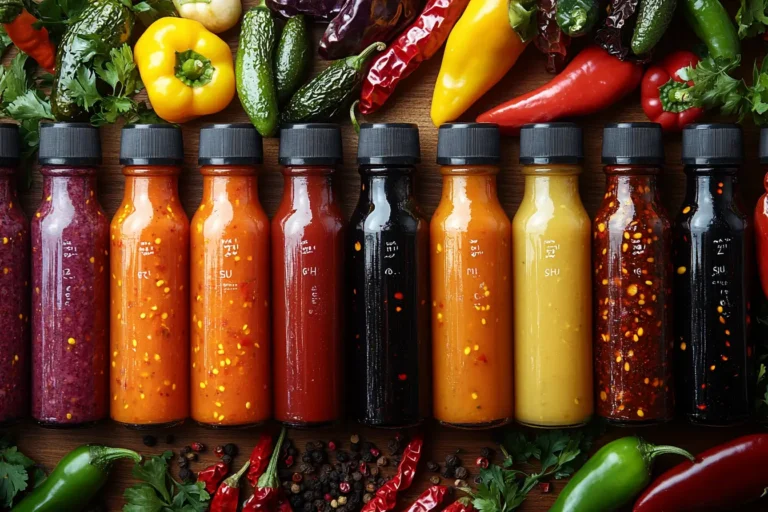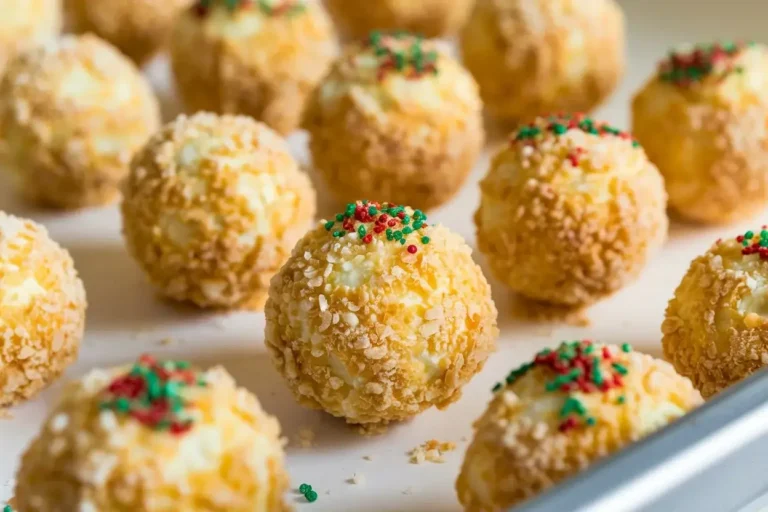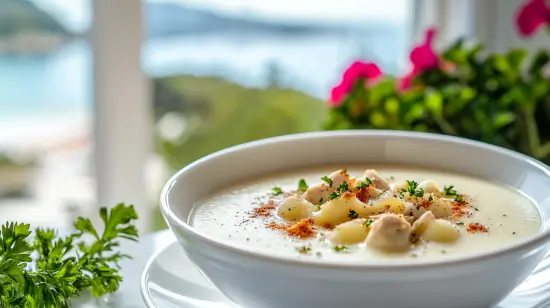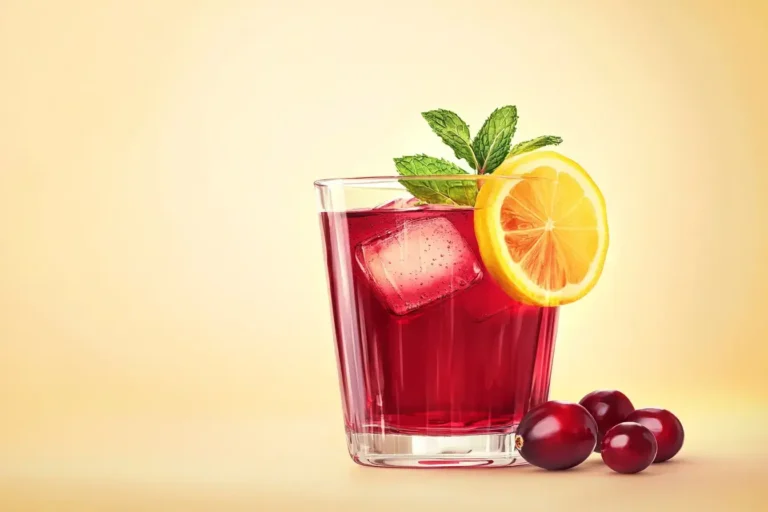What is Pancake Mix Made of? Discover Key Ingredients
Pancakes are a beloved breakfast staple enjoyed by people worldwide. Their soft, fluffy texture and delightful taste make them a versatile dish that can be adapted to suit any palate. But when you reach for that box of pancake mix in the morning, have you ever wondered, What is pancake mix made of? Understanding the ingredients that go into pancake mix can help you appreciate this convenient breakfast solution and inspire you to create your own custom blend at home.
In this article, we’ll explore what pancake mix is made of, break down the roles of each ingredient, and provide tips for customizing your mix to suit various dietary needs and flavor preferences. Whether you’re new to cooking or an experienced chef, this guide will help you master the art of making pancakes.
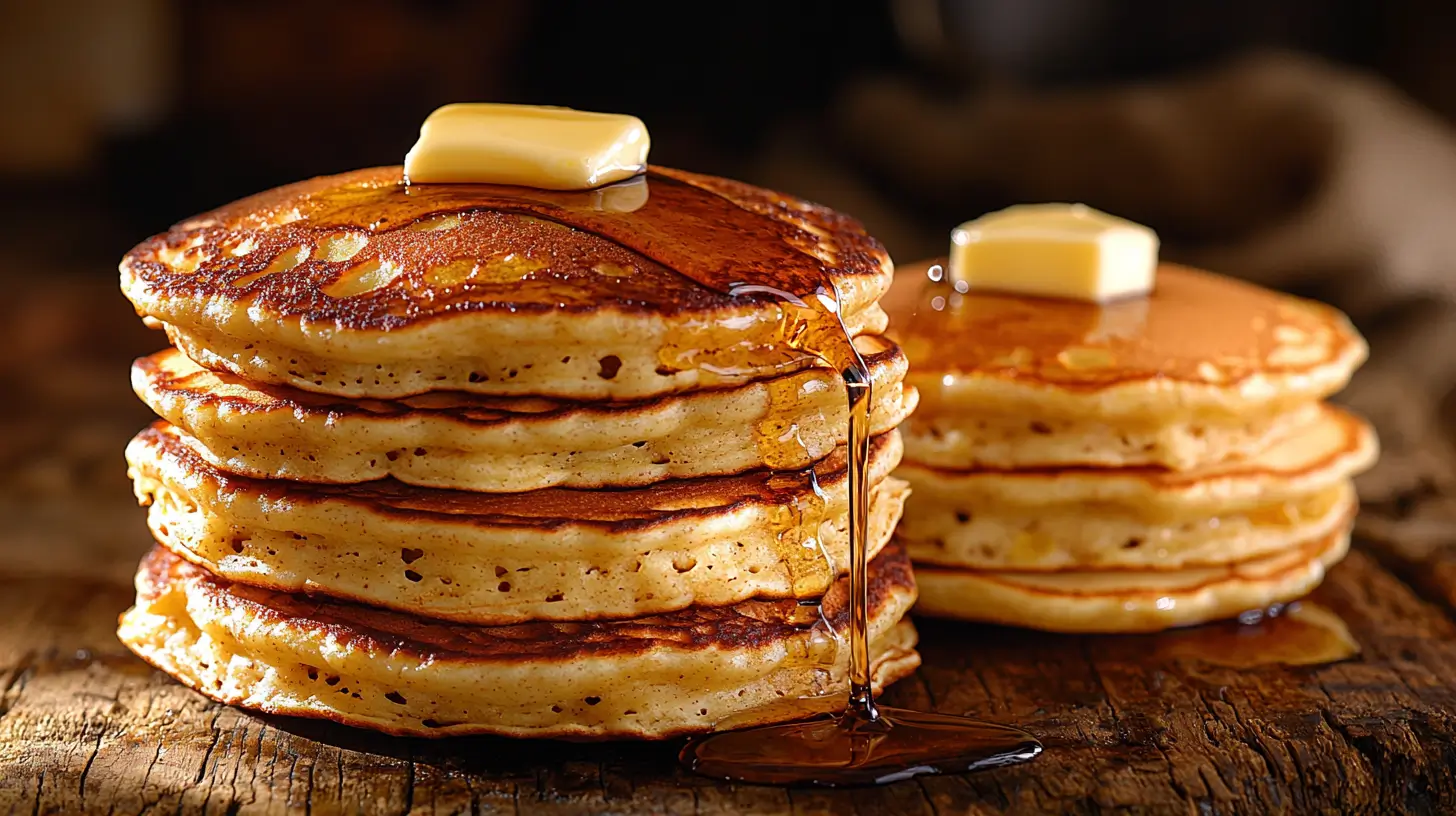
The Basics: What Is Pancake Mix Made Of?
Pancake mix is a pre-made blend of dry ingredients that, when combined with wet ingredients like milk, eggs, and butter, forms a batter ready for cooking. This convenient mix saves time in the kitchen, allowing you to whip up a batch of pancakes with minimal effort. But what exactly is pancake mix made of? Let’s break down the essential components.
Flour: The Foundation of Pancake Mix
Flour provides the structure and body for pancakes. Most pancake mixes use all-purpose flour, which offers a good balance between protein content and versatility, making it ideal for a wide range of pancake recipes. Flour is essential in creating the pancake’s texture, as it forms a gluten network when mixed with liquid, trapping air bubbles that help the pancake rise and become fluffy.
Substitutes:
- Whole Wheat Flour: Use whole wheat flour to add more fiber to your diet, though it will produce a denser pancake.
- Gluten-Free Flour: For those with gluten sensitivities, a gluten-free flour blend works well, typically including rice flour, potato starch, and tapioca flour to mimic the texture of traditional flour.
Leavening Agents: The Secret to Fluffy Pancakes
Leavening agents like baking powder and baking soda make pancake mix rise. These ingredients create light, fluffy pancakes by releasing carbon dioxide gas when they come into contact with liquid and heat. This gas forms bubbles in the batter, expanding during cooking to give the pancakes their airy texture.
Substitutes:
- Self-Rising Flour: This flour already contains baking powder and salt, simplifying the recipe by reducing the number of ingredients you need to add.
- Baking Soda with an Acidic Ingredient: If you don’t have baking powder, combine baking soda with an acidic ingredient like buttermilk or yogurt to achieve the same leavening effect.
Sugar: Sweetening the Pancake Mix
Sugar adds a subtle sweetness to pancake mix and aids in the browning process during cooking. The sugar content in pancake mix is usually kept low, allowing the pancakes to be versatile enough for both sweet and savory toppings. Sugar also contributes to the Maillard reaction, giving pancakes their characteristic golden-brown color.
Substitutes:
- Honey or Maple Syrup: Add natural sweeteners like honey or maple syrup to the batter for a more pronounced flavor, which also adds moisture.
- Coconut Sugar: A lower-glycemic alternative to white sugar, coconut sugar can be used in equal amounts and adds a mild caramel flavor.
Salt: Enhancing the Flavor of Pancakes
Salt plays a crucial role in pancake mix by enhancing the overall flavor. It balances the sweetness and brings out the subtle flavors of the other ingredients. Even a small pinch of salt significantly improves the taste of your pancakes.
Substitutes:
- Kosher Salt: Kosher salt offers a milder alternative to table salt, reducing the sodium content slightly while still enhancing flavor.
- Sea Salt: Adds a touch of mineral richness to the pancakes, elevating the overall flavor profile.
Milk Powder: Adding Richness and Creaminess
Many commercial pancake mixes include milk powder to add richness and a slight creaminess to the pancakes. Milk powder allows the mix to be shelf-stable, making it convenient for long-term storage. It also contributes to the browning of the pancakes and enhances their flavor.
Substitutes:
- Non-Dairy Milk Powder: Replace traditional milk powder with non-dairy milk powder made from soy, almond, or coconut if you’re lactose intolerant or vegan.
- Fresh Milk: If you’re making pancakes right away, skip the milk powder and use fresh milk instead to make the pancakes even richer and more flavorful.
Oil or Fat: Ensuring Moisture and Tenderness
Some pancake mixes include a small amount of oil or fat to keep the pancakes moist and tender. Fat is essential for ensuring that the pancakes are soft and flavorful. It also helps the pancakes cook evenly and develop a nice golden color.
Substitutes:
- Butter: Melted butter can replace oil, adding a richer flavor and a subtle dairy note that complements the sweetness of the pancakes.
- Coconut Oil: A popular dairy-free alternative, coconut oil keeps the pancakes moist while adding a hint of coconut flavor.
Optional Add-ins: Customizing Your Pancake Mix
One of the great things about pancake mix is its versatility. You can easily customize your pancakes by adding a variety of ingredients to the batter. Here are some popular add-ins that can enhance the flavor and texture of your pancakes. For more delicious ideas, see our guide on What Can I Add to Plain Pancake Mix?.
- Chocolate Chips: Chocolate chips melt into the pancakes, adding a sweet, gooey center.
- Dried Fruit: Dried fruit like raisins, cranberries, or chopped apricots introduces natural sweetness and a chewy texture.
- Spices: Cinnamon, nutmeg, or vanilla extract can be added to the batter to infuse the pancakes with warm, comforting flavors.
How to Use Pancake Mix: A Step-by-Step Guide
Now that you understand what pancake mix is made of, let’s explore how to use it effectively to create delicious, fluffy pancakes. Whether you’re using a store-bought mix or a homemade version, the process is simple and straightforward.
Mixing the Ingredients
Start by measuring out the desired amount of pancake mix into a large mixing bowl. Typically, you’ll need about 1 cup of mix for every 6-8 pancakes. Next, add the wet ingredients, which usually include milk, eggs, and melted butter or oil. Stir the mixture until just combined. Avoid overmixing the batter; a few lumps are fine and will disappear during cooking. Overmixing can result in tough, dense pancakes, so it’s important to mix just until the ingredients are incorporated.
Cooking the Pancakes
Cooking pancakes is where the magic happens. Here’s how to get them just right:
- Preheat the Pan: Heat a non-stick skillet or griddle over medium heat. Preheating the cooking surface before adding the batter ensures even cooking and a golden-brown finish.
- Lightly Grease the Pan: Use butter or oil to lightly grease the skillet. This prevents the pancakes from sticking and adds flavor.
- Pour the Batter: Pour about 1/4 cup of batter onto the skillet for each pancake. The batter should spread out slightly, forming a circle. If you prefer smaller or larger pancakes, adjust the amount of batter accordingly.
- Watch for Bubbles: Cook the pancakes until bubbles form on the surface and the edges start to set, usually about 2-3 minutes. This signals that they’re ready to be flipped.
- Flip the Pancakes: Carefully flip the pancake with a spatula and cook for another 1-2 minutes on the other side until golden brown.
- Serve Immediately: Serve the pancakes warm with your favorite toppings, such as maple syrup, fresh fruit, or whipped cream.
Troubleshooting Common Pancake Problems
Even with the best ingredients and techniques, things can sometimes go wrong in the kitchen. Here’s how to troubleshoot common pancake issues:
- Flat Pancakes: If your pancakes don’t rise properly, check your leavening agents. Baking powder loses its potency over time, so ensure it’s fresh. Avoid overmixing the batter, as this can deflate the air bubbles needed for a fluffy texture.
- Dense Pancakes: Dense pancakes often result from using too much flour or not enough leavening agent. Measure your ingredients accurately and consider sifting the flour to aerate it before mixing.
- Burning Pancakes: If your pancakes burn before they cook through, your pan is likely too hot. Reduce the heat slightly and cook the pancakes longer to ensure they’re fully cooked without burning.
- Sticking Pancakes: Pancakes may stick if the pan isn’t properly greased or if the non-stick surface has worn off. Lightly grease the pan with each batch and consider investing in a high-quality non-stick skillet.
Customizing Your Pancake Mix: Variations and Dietary Adjustments
Pancake mix is incredibly versatile, allowing you to adapt it to various dietary needs and flavor preferences. Here are some ways to modify your pancake mix to suit your lifestyle:
Gluten-Free Pancakes
For those with gluten sensitivities or celiac disease, you can make gluten-free pancakes by using a gluten-free pancake mix or creating your own mix using gluten-free flour. These flours often include a blend of rice flour, potato starch, and tapioca flour, which help mimic the texture of traditional flour. To ensure your pancakes are light and fluffy, make sure your gluten-free mix includes a leavening agent like baking powder.
Vegan Pancakes
To make vegan pancakes, substitute milk powder with a non-dairy alternative, such as soy or almond milk powder, and replace the eggs with a vegan egg substitute. Use plant-based milk, such as almond or oat milk, when preparing the batter. Additionally, coconut oil or a vegan butter substitute can be used instead of traditional butter to keep the recipe entirely plant-based.
Healthier Pancakes
Create a healthier pancake mix by using whole wheat flour instead of all-purpose flour. Whole grains provide more fiber and nutrients, making your pancakes more filling and nutritious. Reduce the sugar content or use natural sweeteners like honey or maple syrup in the mix. Adding ingredients like ground flaxseed, chia seeds, or oats boosts the nutritional profile of your pancakes, adding omega-3 fatty acids, fiber, and protein.
High-Protein Pancakes
If you’re looking to increase your protein intake, add protein powder to your pancake mix. Choose a flavor that complements your pancakes, such as vanilla or chocolate, and adjust the liquid ingredients to maintain the correct batter consistency. Greek yogurt or cottage cheese can also be added to the batter for an extra protein boost.
Low-Carb Pancakes
For those following a low-carb or keto diet, you can make pancakes using almond flour or coconut flour as a base. These flours are low in carbohydrates and high in fiber, making them ideal for low-carb diets. Keep in mind that these flours absorb more liquid than regular flour, so adjust the ratio of wet ingredients as needed.
Creative Serving Suggestions: Elevate Your Pancake Experience
Pancakes are delicious on their own, but the right toppings can elevate them to a whole new level. Here are some creative serving suggestions to inspire your next breakfast:
Classic Toppings
- Maple Syrup and Butter: Warm maple syrup and a pat of butter melting over a stack of pancakes epitomizes breakfast comfort food.
- Powdered Sugar: A light dusting of powdered sugar adds a touch of sweetness and elegance to your pancakes.
Fresh and Fruity
- Fresh Berries: Top your pancakes with fresh strawberries, blueberries, raspberries, or a mix of your favorite berries for a burst of flavor and color.
- Sliced Bananas: Bananas add a creamy texture and natural sweetness that pairs perfectly with pancakes.
- Fruit Compote: Simmer your favorite fruits with a bit of sugar and water to create a warm, sweet compote that can be spooned over pancakes.
Indulgent Options
- Whipped Cream: A dollop of whipped cream adds a rich, airy texture that complements the fluffiness of the pancakes.
- Chocolate Sauce: Drizzle warm chocolate sauce over your pancakes for a decadent treat.
- Peanut Butter or Nutella: Spread a layer of peanut butter or Nutella between pancake layers for a rich, indulgent flavor.
Savory Twists
- Bacon and Eggs: For a savory breakfast option, serve your pancakes with crispy bacon and a fried egg on top. The combination of sweet and savory is irresistible.
- Smoked Salmon and Cream Cheese: For a more sophisticated twist, top your pancakes with smoked salmon, cream cheese, and a sprinkle of fresh dill.
International Inspirations
- Crêpes Style: Roll your pancakes with sweet fillings like Nutella, jam, or whipped cream, or go savory with ham, cheese, and spinach for a French-inspired meal.
- Japanese Soufflé Pancakes: Create ultra-fluffy pancakes by separating the eggs and folding in whipped egg whites, resulting in light and airy pancakes that are a delight to eat.
The History and Cultural Significance of Pancakes
Pancakes have a long and varied history, with different cultures around the world offering their unique takes on this beloved dish. Understanding the cultural significance of pancakes can deepen your appreciation for this versatile food.
Ancient Beginnings
The concept of pancakes dates back thousands of years. The ancient Greeks and Romans made early versions of pancakes using simple ingredients like wheat flour, olive oil, honey, and curdled milk. These early pancakes were often sweetened with honey and served as a breakfast or dessert item.
Pancakes Around the World
- United States: Pancakes are often associated with American diners and home-cooked family meals, typically served for breakfast and topped with butter and syrup.
- France: The French version, known as crêpes, are thin and delicate, often filled with sweet or savory ingredients. Crêpes are a popular street food and are also served at special occasions.
- Russia: In Russia, blini are similar to pancakes but are typically made with buckwheat flour and served with caviar, sour cream, or jam.
- Ethiopia: Injera, a type of flatbread made from teff flour, is a staple in Ethiopian cuisine. While not sweet like typical pancakes, injera is often used as a base for stews and other dishes.
Cultural Traditions Involving Pancakes
Beyond their international variations, pancakes hold a special place in various cultural traditions and celebrations. For example, Shrove Tuesday, also known as Pancake Day, is celebrated in many countries as the day before Lent begins. Traditionally, it was a way to use up rich ingredients like eggs and milk before the fasting period of Lent. Today, it remains a popular day for enjoying pancakes with a variety of toppings.
Frequently Asked Questions
Can I Make Pancake Mix Without Eggs?
Yes, you can make pancakes without eggs by using substitutes like flaxseed, chia seeds, or commercial egg replacers. These alternatives provide the necessary binding and structure, ensuring your pancakes turn out just as delicious.
How Should I Store Pancake Mix?
Store your pancake mix in an airtight container in a cool, dry place. If your mix contains milk powder, check the expiration date and label the container accordingly. Homemade pancake mix can last for several months if stored properly.
What Are Some Creative Add-ins for Pancake Mix?
Get creative with your pancake mix by adding ingredients like chocolate chips, blueberries, or spices such as cinnamon. These add-ins can be mixed into the dry pancake mix or added to the batter right before cooking, allowing you to customize the flavor and texture to your liking.
Conclusion: Mastering Pancake Mix
Understanding what pancake mix is made of allows you to appreciate its simplicity and versatility. Whether you’re using a store-bought mix or making your own, knowing the key ingredients can help you customize your pancakes to suit your taste and dietary needs. With a few simple modifications, you can create a variety of delicious pancakes that are sure to please everyone at the table. So, the next time you’re in the kitchen, you’ll not only know what goes into your pancake mix but also how to make the perfect stack every time. Whether you’re cooking for yourself, your family, or guests, pancakes are a delightful option that brings joy and comfort to the table.
Happy cooking, and enjoy your pancakes!
